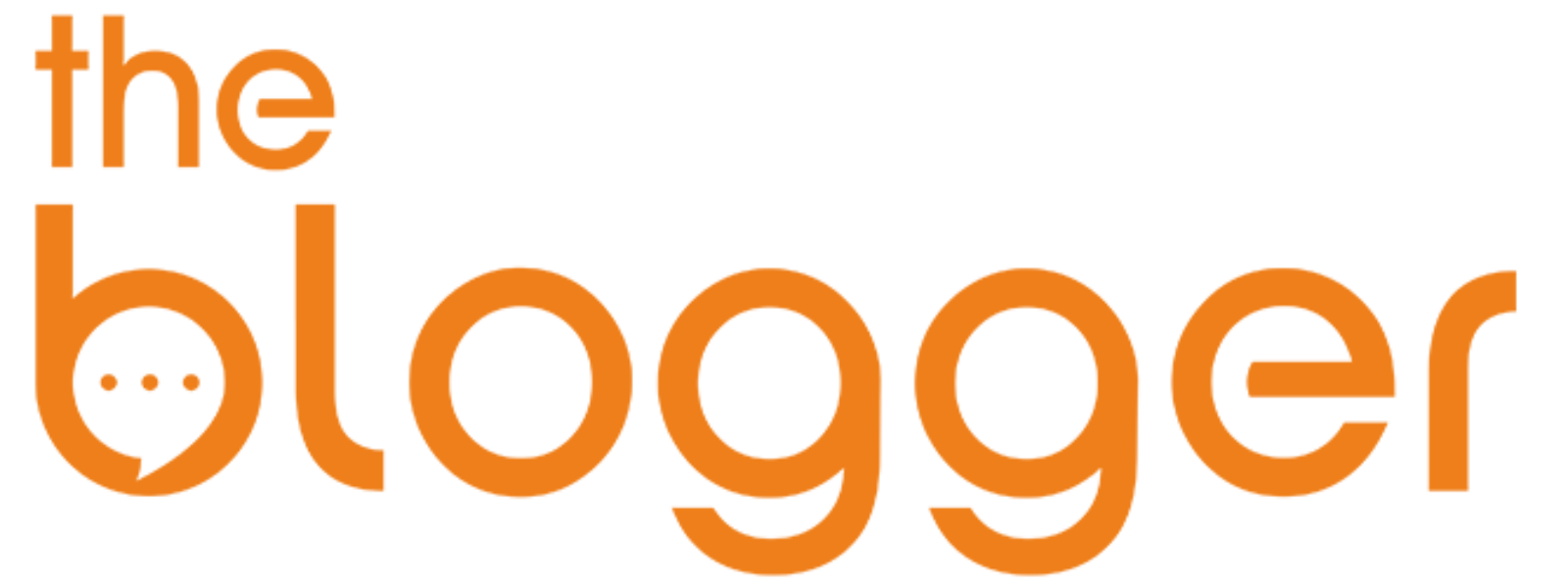Your Essential Guide to Evaluating Products: The Importance of Knowing the Advantages and Disadvantages
October 20, 2024 | by altamash.net@gmail.com
 Photo by Georgia de Lotz on Unsplash
Photo by Georgia de Lotz on Unsplash Understanding Product Insights: A Deep Dive into Pros and Cons
When contemplating a product purchase, it is crucial to delve into the detailed insights surrounding its advantages and disadvantages. A systematic evaluation not only informs buyers about essential features and benefits but also uncovers potential pitfalls that could impact their experience. This balanced approach allows consumers to make educated decisions based on their individual needs and preferences.
Collecting a comprehensive list of pros and cons serves several purposes. Firstly, it enhances the understanding of product performance by providing an overview of what the item excels at and where it may fall short. This insight enables consumers to align their expectations with the reality of the product’s capabilities, ensuring better satisfaction post-purchase. Secondly, it helps to identify key features that matter most to the buyer, whether that be durability, functionality, or cost-effectiveness.
To conduct effective product research, consumers should consider multiple sources of information. Credible reviews from established platforms offer valuable perspectives from other users who have firsthand experience with the product. Websites that specialize in product ratings, as well as forums and social media groups, can provide additional insights that may not be present in traditional reviews. Analyzing user experiences is vital; it can pinpoint specific advantages or disadvantages that may not be apparent in a product’s marketing materials.
Furthermore, comparing similar products can lead to a more informed decision. By understanding the pros and cons across multiple options, consumers can better ascertain which product aligns most closely with their requirements. This comparative analysis promotes a thorough understanding of market offerings, ultimately guiding buyers towards more satisfactory choices.
Overall, investing time in gathering detailed product insights is a prudent step in the purchasing process, enabling consumers to navigate their options wisely and make decisions that best serve their interests.
Making Informed Choices: Strategies for Effective Product Evaluation
Evaluating products effectively requires a structured approach to decision-making. Understanding the advantages and disadvantages of products is crucial to making informed choices that align with personal preferences and overarching needs. One effective strategy begins with identifying specific requirements and priorities. This step involves determining what features or benefits are most important to you, whether it be quality, price, performance, or brand reputation. By laying out these priorities, you create a framework that will guide your evaluation process.
In addition to personal preferences, budget considerations play a vital role in the decision-making process. It is essential to establish a budget before diving into product evaluations, as this will help narrow down potential choices and prevent overspending. By comparing the price to the overall value offered by a product, you can ascertain whether it is a worthwhile investment. Additionally, consider any long-term costs associated with the product, such as maintenance or consumables, to ensure a comprehensive financial assessment.
Another practical strategy is to leverage reviews and testimonials from other users. Engaging with real-world experiences can shed light on the advantages and disadvantages you might not have considered. For instance, if a particular electronic device boasts impressive specifications but receives negative feedback regarding its customer service, this insight could prove invaluable. Case studies that highlight successful evaluations can further contextualize your choices. For example, a homeowner deciding on a specific appliance might assess its energy efficiency and maintenance history, ultimately leading to a more informed decision.
In conclusion, effective product evaluation is a multifaceted process that hinges on understanding the pros and cons of potential purchases. By prioritizing your needs, considering budget constraints, and gathering insights from user experiences, you will enhance your ability to make informed purchases that align with your values and requirements.
RELATED POSTS
View all


